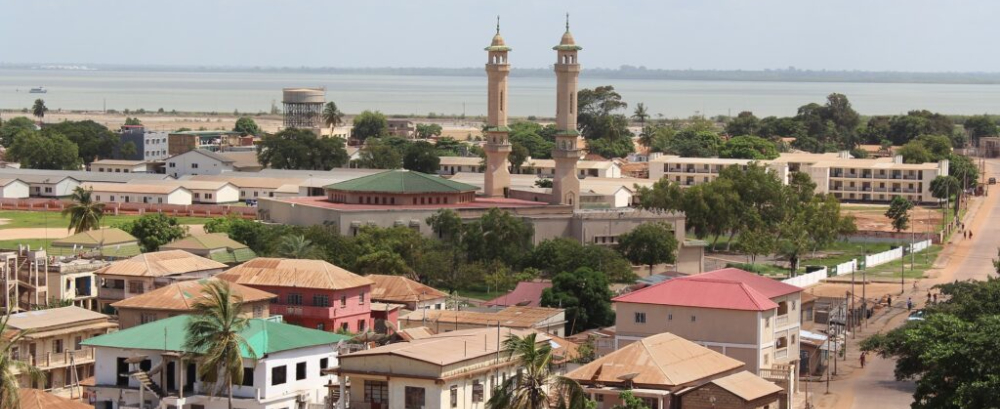
Cape Verde (Cabo Verde)
April 12, 2025
Guinea
April 13, 2025The Gambia, the smallest country on the mainland of Africa, is not particularly known for its abundance of mineral resources. The country’s economy is primarily based on agriculture, tourism, and services. However, there are some mineral resources in The Gambia, although they are relatively limited compared to other countries in the region. Here’s an overview of the known mineral resources in The Gambia:
Key Mineral Resources
Heavy Mineral Sands (Ilmenite, Rutile, Zircon):
Overview: The Gambia has deposits of heavy mineral sands, which contain valuable minerals such as ilmenite, rutile, and zircon. These minerals are found along the Atlantic coast, particularly in the southwestern part of the country.
Zircon: This mineral is used in the production of ceramics, refractory materials, and as an opacifier in glazes.
Reserves: The reserves of heavy mineral sands in The Gambia are considered modest, and there has been some exploration and small-scale extraction, but the sector is not yet fully developed.
Silica Sand:
Overview: The Gambia has deposits of high-quality silica sand, which are used in various industrial applications.
Reserves: The silica sand reserves are sufficient to meet local demand, with some potential for export.
Clay:
Overview: Clay deposits are found in various parts of The Gambia and are used in the local ceramics industry.
Reserves: The clay reserves are modest and primarily support local construction and industrial needs.
Quartz Sand:
Overview: Quartz sand, which is found in certain regions of The Gambia, is another important industrial mineral.
Reserves: The quartz sand reserves in The Gambia are adequate for local industrial use, with some potential for export.
Investment and Extraction Situation
Limited Mining Activity: The mining sector in The Gambia is relatively undeveloped, with limited exploration and extraction activities focused on heavy mineral sands, silica sand, and clay. The country’s economy does not heavily rely on mining, and the sector contributes minimally to GDP.
Environmental and Regulatory Concerns: Due to the small size of the country and its focus on agriculture and tourism, there are environmental concerns related to mineral extraction, particularly in coastal areas. The government has implemented regulations to ensure that mining activities are sustainable and do not negatively impact the environment or local communities.
Potential for Further Exploration: While The Gambia’s known mineral resources are limited, there is potential for further exploration, particularly offshore. However, any such activities would need to balance economic development with environmental protection, given the country’s reliance on tourism and agriculture.


